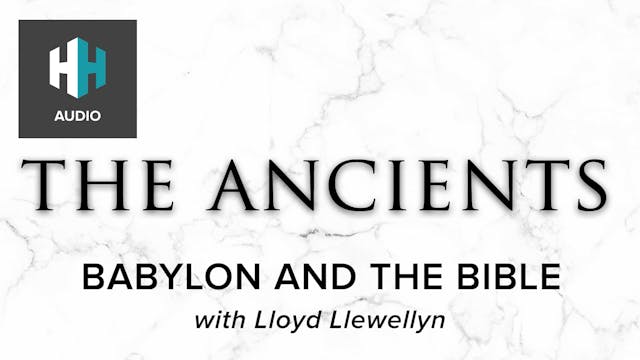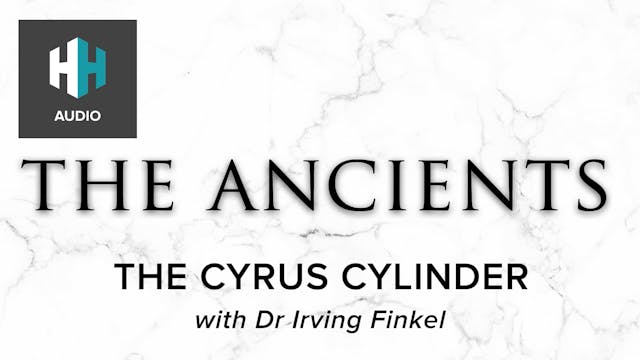The Celtic queen who led a major uprising against the Roman Empire in ancient Britain, Boudicca, is a name known throughout history. Her rebellion, fuelled by grievances against Roman oppression and with the aim of protecting her people, resulted in the destruction of numerous Roman settlements, the ashes of which can still be seen in the archaeological layers today. So, beyond the ashes of the cities she burned, what else does the archaeology tell us about this triumphant queen?
In today's episode, Tristan welcomes archaeologist Duncan Mackay to the podcast to delve into this devastating moment in Roman history. By examining the archaeological evidence, the political landscape of ancient Britain, and studying Tacitus' works, what can we learn about this Celtic Queen and how she earned her place in the annals of history?
Up Next in 🎧 The Ancients
-
🎧 Origins of Horse Riding
Human and Horse relationships have long be intertwined; from the ancient Eurasian plain, through to modern cowboys. But how did these huge, independent creatures become domesticated - and what was the original intention behind such an act? Originally tamed for their meat and milk, the domesticati...
-
🎧 Babylon and the Bible
When looking at the Hebrew Bible, the city of Babylon plays a prominent role - especially in the Old Testament. A city famed for it's architectural beauty and gardens, also holds stories of suffering and captivity. Travelling back to the 6th Century BCE, the Babylonian Captivity was a defining mo...
-
🎧 The Cyrus Cylinder
An ancient clay artefact that dates back to the 6th century BCE, the Cyrus Cylinder is often considered one of the most important documents in history. Covered in Akkadian inscriptions that provide invaluable insight into the reign of Cyrus the Great - it focuses on Cyrus's conquering of Babylon ...




1 Comment